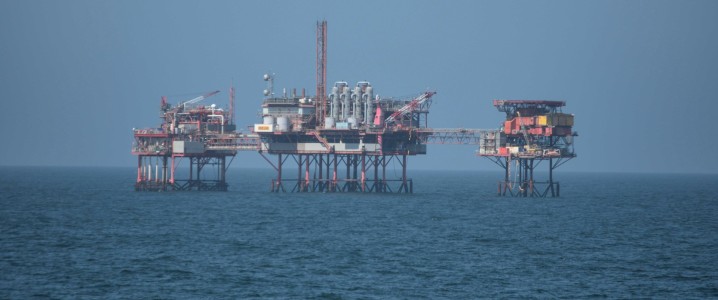Equinor has discovered additional oil and gas resources near the huge operating Troll field in the North Sea, the Norwegian energy major said on Monday.
The discovery, 9 km (5.6 miles) north of the Troll field and provisionally named F-South, was made as one exploration well encountered petroleum in two reservoirs. One of the discoveries consists of both oil and gas, while the other one is just gas.
Total resources in the new discovery are estimated at between 0.1 and 1.1 million standard cubic meters, which is equal at between 0.6 and 6.9 million barrels of recoverable oil equivalent, according to the Norwegian Offshore Directorate.
The reservoir properties are assessed as moderate to very good, Equinor said.
The company and its partners in the license will consider tying F-South back to existing or future infrastructure.
“These are discoveries in an interesting area with a well-developed infrastructure,” said Geir Sørtveit, Equinor’s senior vice president for Exploration & Production West on the Norwegian continental shelf.
“In recent years, we have made several discoveries in the neighbourhood, and we plan to further explore the area. We believe that we may encounter more, both oil and gas,” Sørtveit added.
Discoveries close to existing infrastructure are important for keeping oil and gas output in Norway, the biggest hydrocarbon producer in Western Europe.
Equinor’s discovery near Troll comes days after Norwegian oil and gas operator Aker BP announced a significant oil discovery that could add substantial resources to the Yggdrasil development area in Norway’s North Sea, where an ongoing multi-field project is expected to yield first oil in 2027.
Near-field discoveries are crucial for operators offshore Norway to unlock additional resources that could be developed via existing infrastructure. This lowers development costs and allows resources to hit the market faster than stand-alone developments.
Norway has also started to plan its 26th oil and gas licensing round in little-explored frontier areas as it looks to boost exploration and resources to stem an expected decline in production from the early 2030s.
By Tsvetana Paraskova for Oilprice.com
More Top Reads From Oilprice.com

